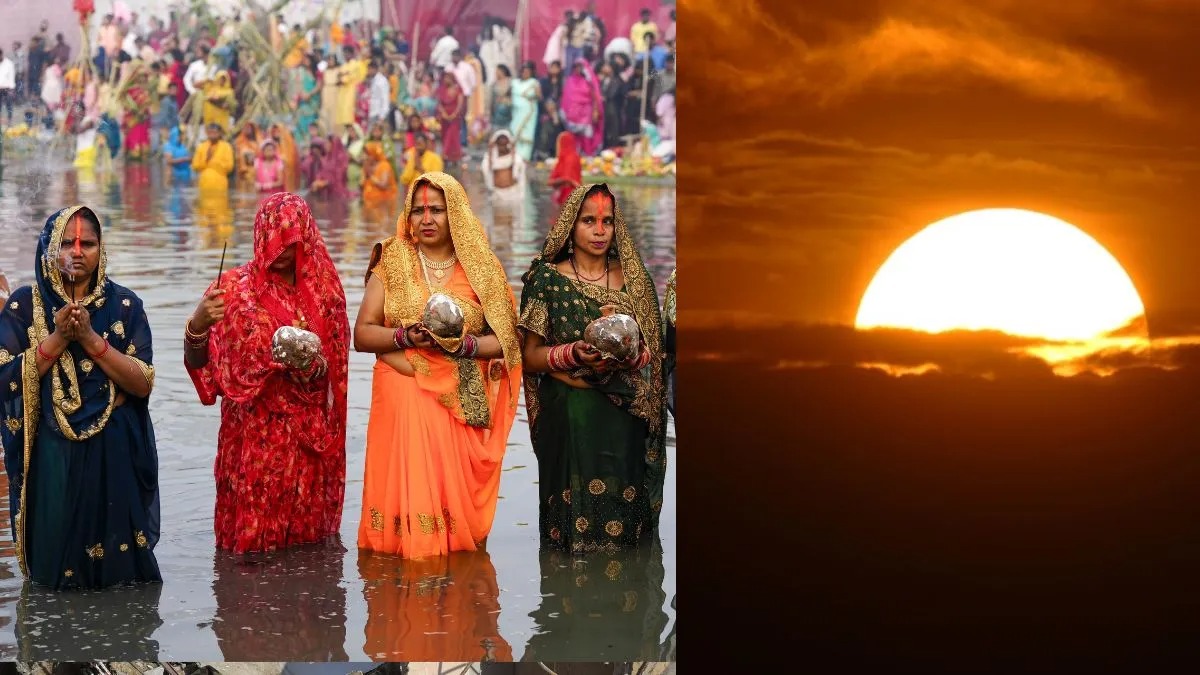
Sydney: Chhath Puja is celebrated in India. During this time, men and women worship the rising and setting sun. Apart from India, there are many other countries where the sun is worshipped. But why is it so, what is the logic behind worshipping the sun in other countries? Let us tell you about this topic in detail.
The sun has been a reliable source of light for humans for millennia. The sun is essential for our survival. This is probably why the sun has been worshipped in ancient religions such as Egypt, Greece, the Middle East, India, Asia, and Central and South America. Early religions were also often associated with healing. Sick people turned to priests, shamans, or sorcerers for help. In ancient times, people also used the sun for healing, but it may not be what you think.
Do diseases get cured by sunlight?
Ancient people are said to have believed sunlight could cure illness. But today there is more evidence that they used the sun’s heat to heal. The Ebers Papyrus is an ancient Egyptian medical scroll dating from around 1500 BC. It contains a recipe for an ointment to “make the nerves flexible.” The ointment was made from wine, onions, soot, fruit and tree extracts, frankincense, and myrrh. After applying it, the person was “exposed to the sunlight.” Other recipes for treating coughs, for example, included putting various ingredients in a vessel and placing it in the sun. The same technique is also found in medical writings attributed to the Greek physician Hippocrates, who lived around 450-380 BC.
Sunlight can cure many diseases.
Sunlight has long been believed to cure many illnesses. Aretaeus, a physician active in modern-day Turkey around 150 AD, wrote that sunlight could cure many illnesses, including lethargy, which is what we now recognize as depression. Curing lethargy involved lying in the light, being exposed to the sun’s rays, and being in a relatively warm place. The Islamic scholar Ibn Sina (980-1037 AD) described the health effects of sunbathing (at a time when we didn’t know it was linked to skin cancer).
Sunlight is also helpful in treating asthma and hysteria.
In Book One of ‘The Canon of Medicine’, he said the sun’s heat helped with all sorts of illnesses, from flatulence and asthma to hysteria. He also said sunlight ”activates the brain” and is beneficial for ”cleansing the womb.” Sometimes it’s hard to distinguish between science and magic. All the methods of treatment described so far rely more on the sun’s heat than the light itself. But what about healing with light? Scientist Sir Isaac Newton (1642-1727) knew you could ”split” sunlight into a rainbow spectrum of colors. This and many other discoveries radically changed ideas about healing over the next 200 years. But as new ideas kept emerging, it was sometimes hard to distinguish between science and magic.
Sunlight is the enemy of bacteria and viruses.
German mystic and philosopher Jacob Lorber (1800-1864) believed that sunlight was the best cure for almost everything. His 1851 book ‘The Healing Power of Sunlight’ was still published in 1997. Public health reformer Florence Nightingale (1820-1910) also believed in the power of sunlight. In her famous book ‘Notes on Nursing’ she said of her patients: After all they need fresh air they need light. Not only light but direct sunlight. Nightingale also believed that sunlight was the natural enemy of bacteria and viruses. It seems she was at least partly right. Sunlight can kill some bacteria and viruses.
 Suspense Crime Sach Ka Dam
Suspense Crime Sach Ka Dam


